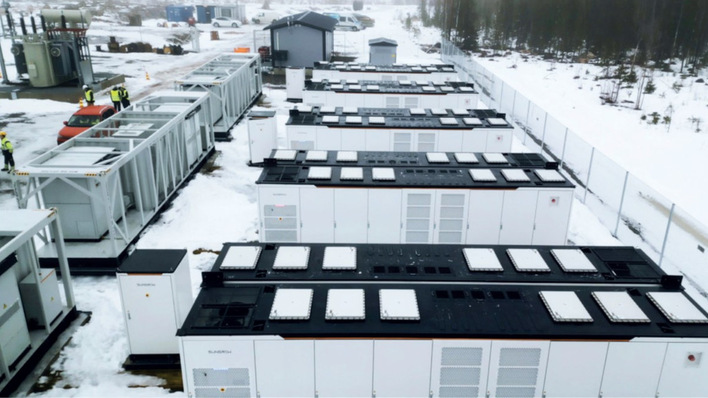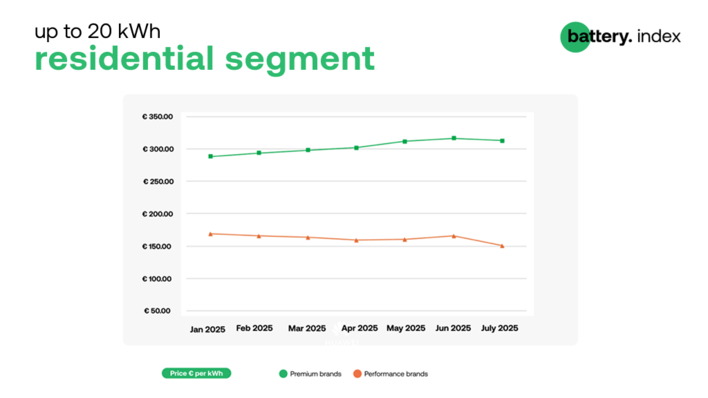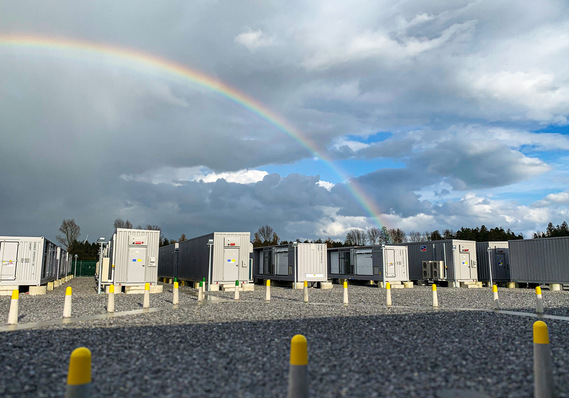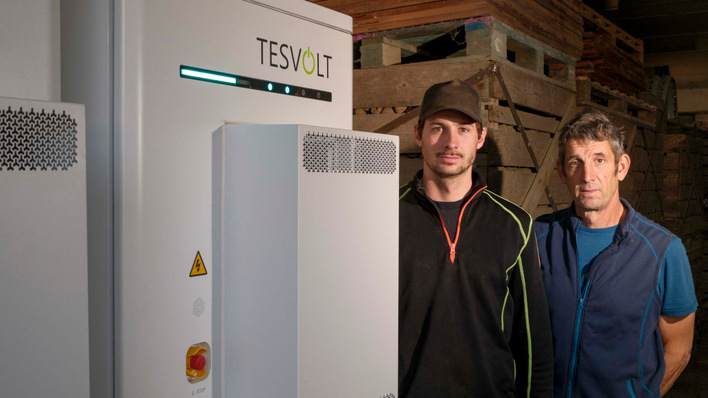The commercial energy storage market is clearly gathering steam. The reason: Falling prices for panels is making PV more attractive. The prices for entire energy storage systems are also coming down. There is a clear demand for robust systems consisting of tried and tested components. Often, what is called for is emergency power supply for a company, a hotel or a hospital in case of grid failure. In such a case, it is worth looking at commercial storage units above 15 kilowatt hours in capacity, with no real upper limit. Large industrial companies or utilities have been known to set up battery containers of 10 megawatt hours in capacity – and even more.
Need for further clarification
Energy storage systems in commercial settings are financed differently from privately-owned domestic energy storage, especially, because cogeneration units and wind turbines are often installed alongside PV. An uninterruptable power supply (UPS), commonly referred to as emergency power, is a key feature when many companies are planning their storage.
Many potential users are beginning to get very interested in the topic. The price for solar panels has fallen to significantly below 40 eurocents per watt. And the prices for lithium batteries are also coming down, slowly reaching those of lead storage.
In contrast to smaller domestic units for private customers, when the technology is used in a commercial or municipal setting, a precise calculation is required. Cookie cutter solutions are rarely called for and also make very little sense. Every project should be assessed and planned individually.
Most suppliers and retailers of commercial storage offer to support their B2B customers in planning and designing large-scale storage solutions.

Assembly of an energy storage system in Kroppstaedt at Tesvolt's factory.
Kit-based energy storage systems
A well-known supplier of these systems is Tesvolt from Wittenberg, who have been a pioneer in larger-scale electricity storage for years. Tesvolt distributes their storage units throughout Europe through the specialised retailer Memodo in Munich. Also from Bavaria and also in the business of commercial storage are Fenecon, who cooperate with the Chinese battery giant BYD. Both companies have already supplied large-scale solar batteries to a number of commercial customers.
BYD, Samsung, ADS-Tec and LG Chem offer very large storage batteries adapted to wind power, solar parks and grid storage, often in the form of container solutions ready for connection. Gildemeister has redox flow battery systems specifically tailored to the needs of the manufacturing industries.
Tesvolt, for example, make their own battery cabinets consisting of lithium cells which are combined with the Sunny Island as part of a kit-based system. This allows a variety of system configurations. No project is like the other. Constantly changing parameters and demands call for a solution that needs to be adapted very precisely. The battery needs to be able to cope with the charging current. If the charging current is very strong and the battery cannot take in the electricity, this can become a problem.
In contrast to private domestic storage, the currents for charging and discharging that commercial units are subjected to are much higher. Also, operational requirements can change very quickly. Therefore, the reaction time of the control unit is crucially important.

StoraXe-Rack-System: Individual optimization options are available in the combination of different operating.
Island inverters are key to system speed
Depending on how fast the battery is to be charged and discharged, it is equipped with SMA island inverters (Sunny Island) of matching output. The capacity of the storage systems ranges from 10 kilowatt hours to about three megawatt hours.
The Sunny Islands used produce between 2.3 and six kilowatts. The more island inverters are fitted and the higher their output, the more can the system store and deliver in the shortest possible time.
The speed of charging for the battery is calculated as the storage capacity (in kilowatt hours), divided by the output of the island inverters (in kilowatts). A commercial storage unit of 60 kilowatt hours which is regulated by three Sunny Island charge controllers of six kilowatts each (together: 18 kilowatts) therefore takes 3.3 hours for a full charge or discharge.
Take care of the switch between on-grid and off-grid
Two battery cabinets of 30 kilowatt hours each (e.g. Li-30s by Tesvolt) and regulated by three Sunny Islands are charged or discharged in 1.7 hours.
If the battery also is to work when the grid fails, it has to be able to cope with high currents during the switch-over from on-grid to off-grid mode. For the Sunny Island 8.0H, this is 11 kilowatts over a period of three seconds. And if three inverters are set up in a cluster, that is 33 kilowatts – and with two clusters, it adds up to 66 kilowatts. The battery has to be able to cope with even that, otherwise operating in isolation is not possible. (HS/HCN)
Read more about energy storage systems
Get all the new products for energy storage here
Stay informed, get our free newsletter twice a week, register here








